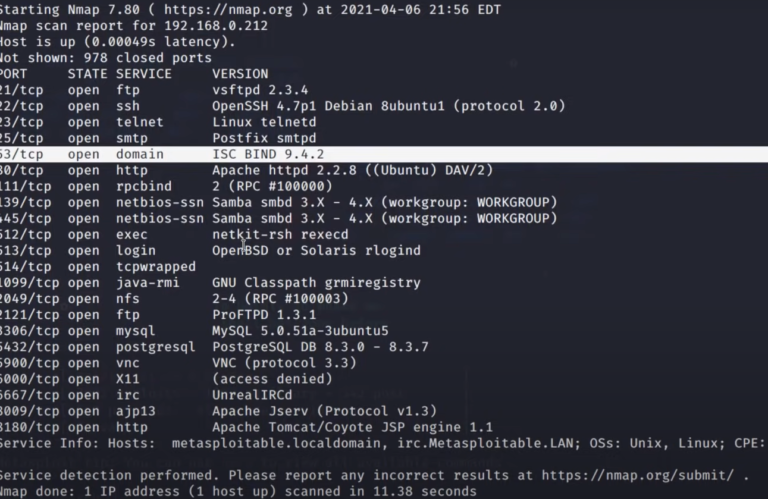Best way to find admin panel of any website
Learn how to find admin panel of any website using Breacher, a powerful tool for security researchers to locate hidden login pages and admin dashboards.
What is Breacher?
Breacher is an open-source security tool designed to discover hidden login pages, admin panels, and common security flaws on a website. It works by using an extensive list of predefined paths and URLs that are commonly associated with find admin panel of any website. By brute-forcing through these paths, Breacher can quickly identify the location of a site’s admin panel, provided it’s using one of the common paths or configurations.
Breacher can be a powerful tool in a penetration testing toolkit. It is not intended for malicious use but rather for identifying vulnerabilities that can be mitigated by web administrators or security professionals.
How Does Breacher Work?
Breacher works by scanning a target website for common URLs that often lead to login pages or administrative dashboards. When a user specifies a website, Breacher will attempt to access a list of potential admin panel . you have to type this command in your at the end of websites to get the login pages.
/admin/admin.php/login/wp-login.php(for WordPress sites)/wp-admin/administrator
Breacher will iterate through these paths and check for responses to determine whether the page exists. If it encounters a valid response, such as a login page or a page that prompts for admin credentials.
Use Breacher to find admin panel of any website
Step 1: Install Breacher
First, you’ll need to install Breacher on your system. Breacher is usually available through GitHub or other code repositories.
- Clone the repository:
git clone https://github.com/xyz/ breacher.git(Make sure to replace the link with the actual repository URL if it’s hosted elsewhere.) - Navigate to the directory:
cd breacher - Install any dependencies: Some versions of Breacher may have dependencies like Python packages or other tools that need to be installed. Generally, you can use
pipto install any necessary Python libraries:pip install -r requirements.txt
Step 2: Identify the Target Website
Once installed, you need to choose the website you want to scan. For ethical hacking, ensure that you have explicit permission from the website owner to perform a penetration test or ethical hacking.
For example, you can run the tool or find admin panel of any website like this:
python breacher.py -t http://example.com
Where http://example.com is the target website’s URL. Make sure to include http or https before the URL.
Step 3: Start the Scan
After providing the website’s URL, Breacher will begin scanning for common admin panel paths. The tool will generate a list of potential admin panel URLs based on its default database of known paths.
You can also specify different arguments to customize your scan. For example:
- Use the
-lflag to specify a custom wordlist of common admin panel paths. - Use the
-pflag to specify a custom port if the website is running on a non-standard port.
python breacher.py -t http://example.com -l custom_wordlist.txt
This will start the scan, and Breacher will attempt to match the paths with the target website. If successful, it will output the valid URLs it found.

Step 4: Analyze Results
Once the scan completes, Breacher will output a list of URLs that correspond to potential admin panel locations. It will also show the HTTP status codes for each URL.
Here are some example results:
http://example.com/admin(200 OK)http://example.com/wp-admin(200 OK)http://example.com/administrator(404 Not Found)
A “200 OK” status code generally indicates a successful page load, implying the admin panel or login page is accessible at that URL. A “404 Not Found” or “403 Forbidden” means that particular URL didn’t exist or was blocked.

Step 5: Further Steps
If Breacher identifies a login page or admin panel, you can use further security testing tools to assess the strength of the page. Common next steps might include:

- Brute-forcing login credentials using tools like Hydra or Burp Suite.
- Testing for weak passwords or vulnerable login methods.
- Checking for session management issues such as improper logout functionality.
Ethical Considerations
While Breacher is a powerful tool, it’s important to note that ethical considerations are paramount when using it. Unauthorized find admin panel of any website can be considered illegal and unethical. Before using Breacher or find admin panel of any website always ensure you have explicit permission from the website owner or that you are performing testing on your own systems.
Conclusion
Breacher is a valuable tool for find admin panel of any website during penetration tests. It automates the discovery process by testing a list of commonly used admin panel paths, helping security professionals quickly identify vulnerable parts of a website.
When used responsibly and ethically, it can greatly assist in security audits, helping web admins improve the security of their sites. However, always be sure to follow ethical guidelines, acquire proper authorization, and use the tool in a way that benefits the security and safety of the web.






